|
|
|
|
"Important NOTE" Information Provided On This Website Is Intended For
"GENERAL INFORMATION ONLY" And A Floor Joist Layout Is Frequently Used To Assemble
|
|
|
Videos Are Under Construction They Will Be Uploaded Soon |
 |
|
|
Videos Are Under Construction They Will Be Uploaded Soon |
 |
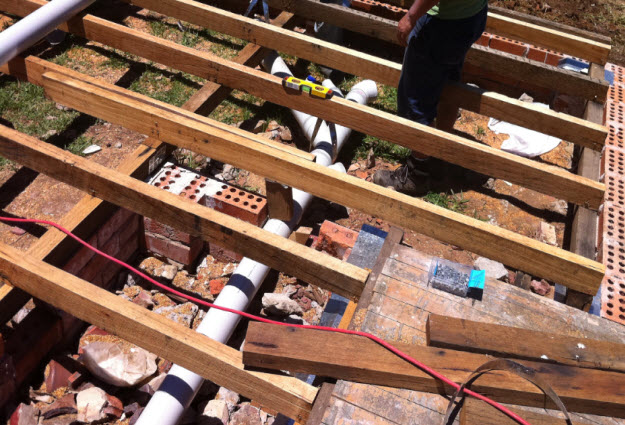
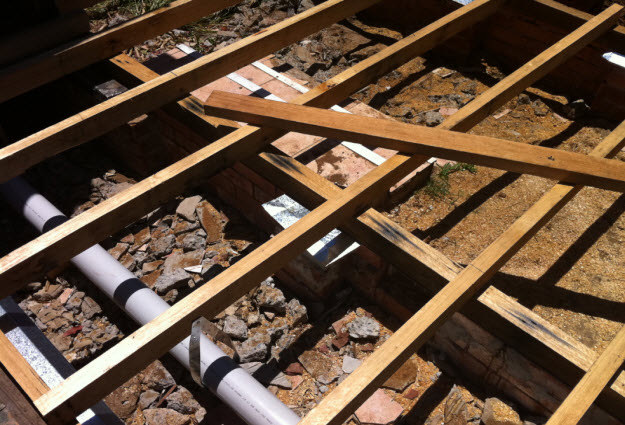
"Important NOTE" Information Provided On This Website Is Intended For "GENERAL INFORMATION ONLY" And
Must Be Only Be Used Only As A "GUIDE" It Must Not Be Used For Decision Making, Or Be Used For Any Building
Purposes Or Legal Proceedings. Refer To Our Policies On The Website.

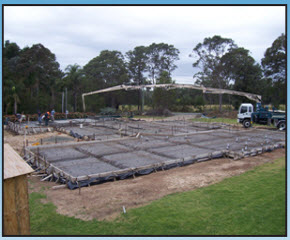 |
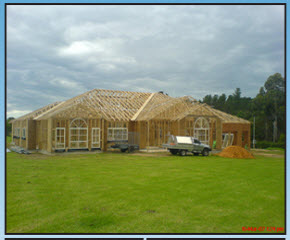 |
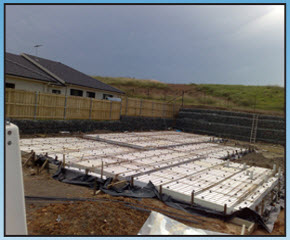 |
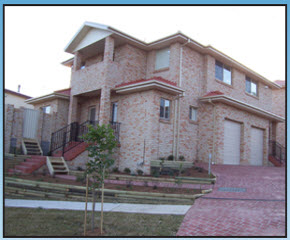 |
 |
 |
 |
|
 |
 |
 |
 |
 |
|
|
|
|
|
|
|
|
|
|
|
|
|
|
|
|
|
|
Civplex Structural Engineers Pty Ltd |
|
|
|
|
|
|
|
|
|
|
|
|
|
|
|
|
|
|
|
|
|
|
|
|
|
|
|
|
|
|
|
|
|
|
|
  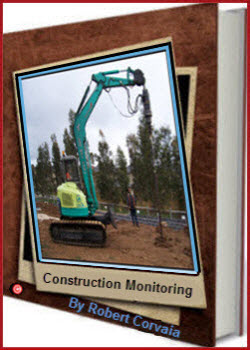 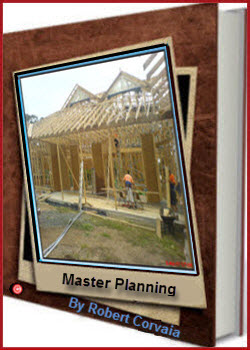 |
|
©®™ Copyright 2011 -
2021 www. Civplex Structural
Engineers.com.au Pty Ltd All Rights Reserved Worldwide, The Use Of This
Website |
|
|


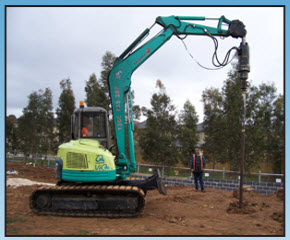
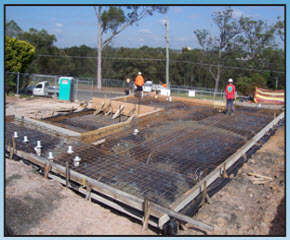
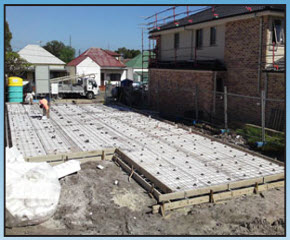





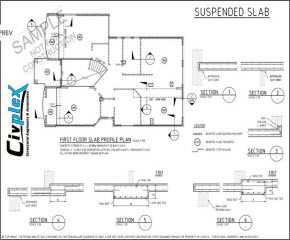
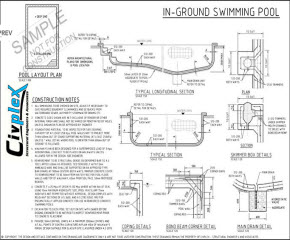
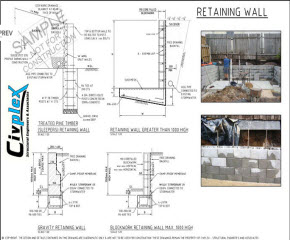
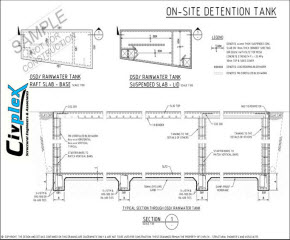

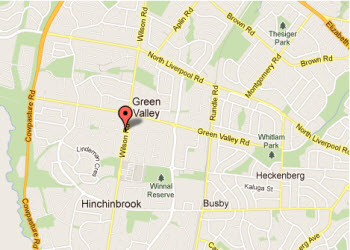
 Google Bookmarks
Google Bookmarks Stumbleupon
Stumbleupon Blogmarks
Blogmarks Digg
Digg Netvouz
Netvouz Newsvine
Newsvine Diigo
Diigo Yahoo My Web
Yahoo My Web Spurl
Spurl Wists
Wists Facebook
Facebook Delicious
Delicious Fark
Fark Twitter
Twitter Technorati
Technorati Reddit
Reddit Ma.gnolia
Ma.gnolia Livejournal
Livejournal BlinkList
BlinkList

























